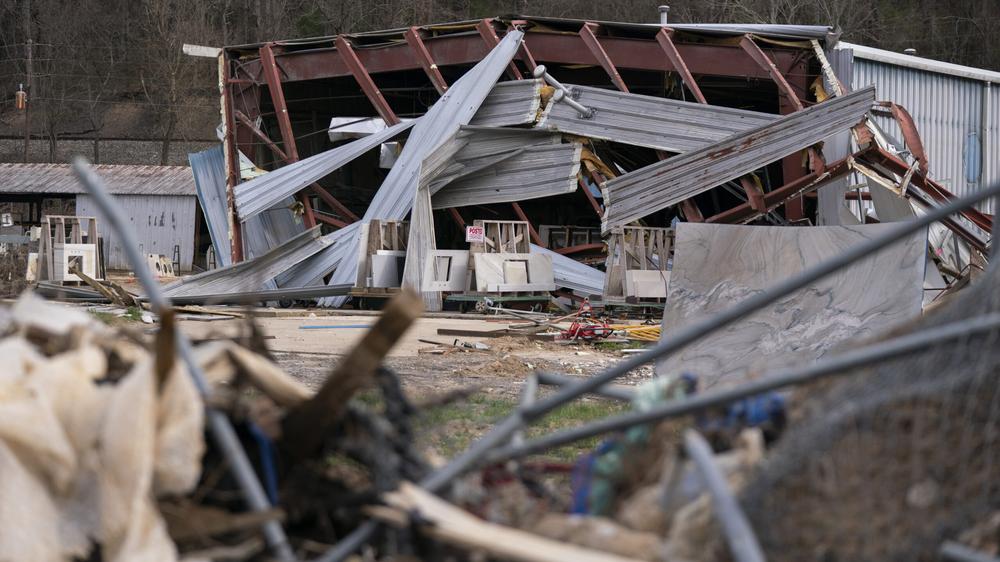When Hurricane Helene ravaged western North Carolina in September 2024, one of its many victims was a manufacturing plant that made intravenous fluids. The sterile IV solutions produced in the plant are essential supplies for hospitals and other medical facilities, which use them in various treatments, from rehydration to drug delivery and kidney dialysis. And the plant damaged by Helene—Baxter International's North Cove manufacturing facility in Marion—didn't just make some of the US supply; it made 60 percent.
With the Baxter plant down, hospitals around the country began rationing supplies. They changed treatment strategies and, in some cases, canceled or delayed surgeries. In one poll, over 86 percent of health care providers said they were affected by the nationwide shortage. The federal government, for its part, loosened importation rules and granted extensions to expiration dates to offer some relief from the dire shortage.
This secondary emergency was yet another reminder of just how fragile the US drug supply chain has become. Just months before the catastrophic hurricane in North Carolina, drug shortages in the US reached an all-time high, with 323 active and ongoing shortages. Although they've fallen since then, they remain high, with shortages in the first quarter of this year at 253, according to data collected by the American Society of Health-System Pharmacists.
While there are many factors behind those shortages and weaknesses, weather disasters, such as Helene, are a significant contributor—one that will likely increase amid progressive climate change that whips up more extreme weather events. To understand just how much of a threat they pose currently, a study led by Harvard researchers and published Wednesday in JAMA, examined the frequency of such climate-related disasters affecting US drug production facilities.
Vulnerabilities
Using data from the Food and Drug Administration, the researchers identified 10,861 drug facilities that were active for at least one year between 2019 and 2024. These facilities represent the array of manufacturing stages of a drug, from analyzing raw drug materials, manufacturing active ingredients, to packaging drug products. The researchers then looked at the county location of each of these facilities and whether any federally declared weather emergencies occurred in those counties during the period. Weather-related emergencies included those from fires, hurricanes, storms, tornadoes, and floods.
During the six-year span, 6,819 facilities (63 percent) faced at least one weather-related emergency. Per year, an average of 2,146 facilities (33 percent) experienced such an emergency.
The researchers noted that there was no statistically significant difference in the likelihood that counties with or without a drug facility would experience a weather-related emergency. That is, it's not the case that drug facilities have been built in areas uniquely vulnerable to climate-related disasters.
Still, with a third of US facilities at risk of weather disasters each year, the study clearly shows how fraught it is to have flimsy supply chains—like having a single plant produce 60 percent of the country's supply of an essential drug product.
"These findings underscore the importance of recognizing climate-related vulnerabilities and the urgent need for supply chain transparency, for strategic allocation of production, and for disaster risk management strategies to prevent health care disruptions in the US," the authors conclude.

 The Exceptionally Slim Lisen 5,000Mah Wireless Magnetic Power Bank Drops to Under $15
The Exceptionally Slim Lisen 5,000Mah Wireless Magnetic Power Bank Drops to Under $15